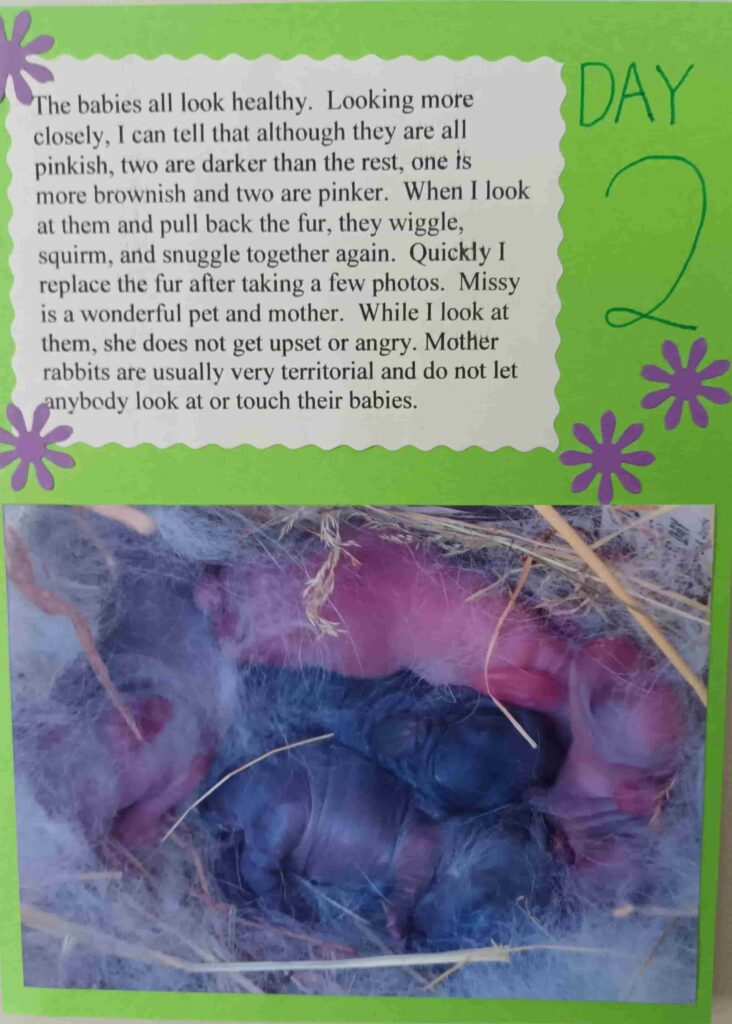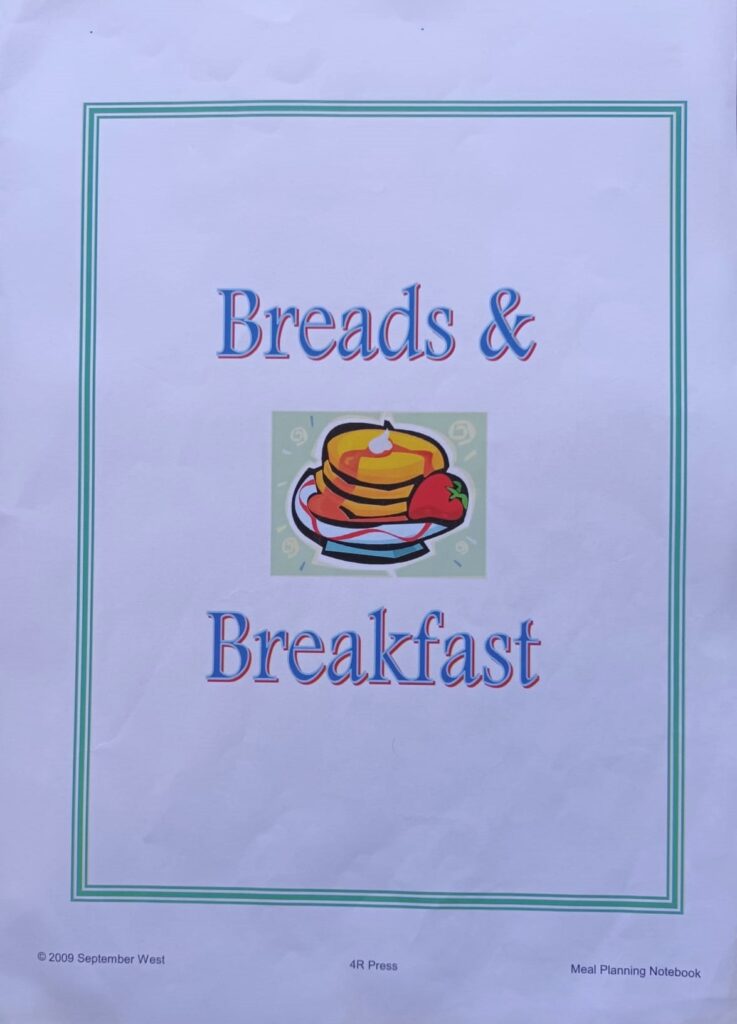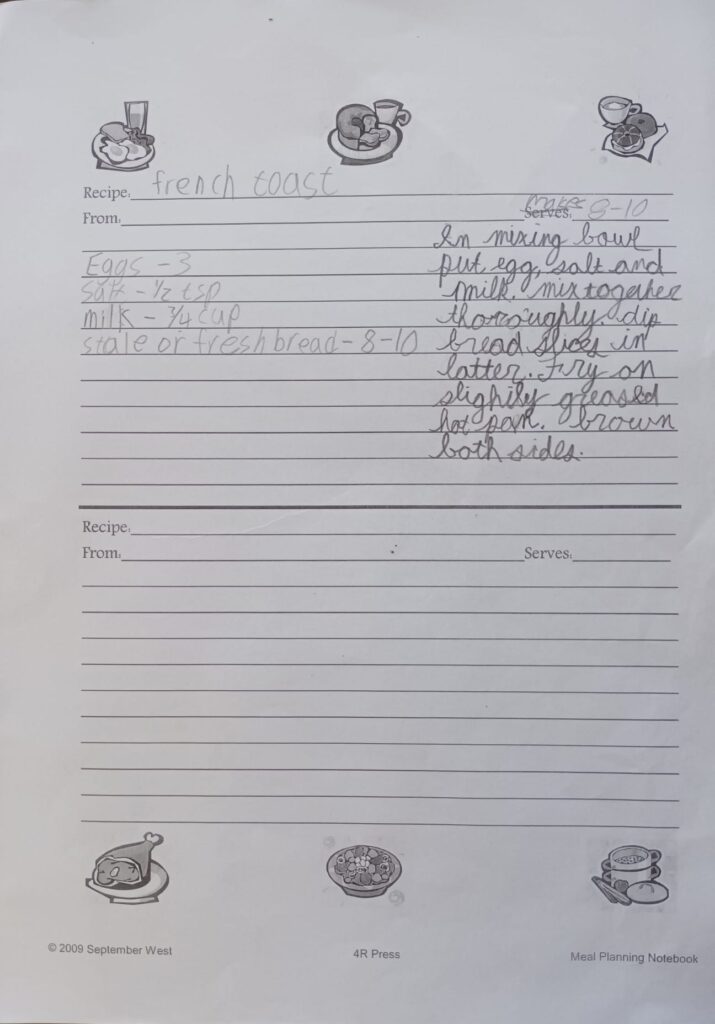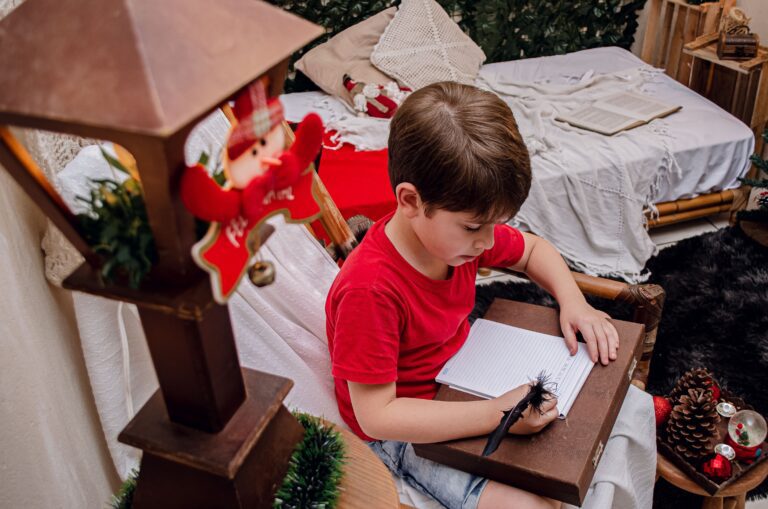Make Writing Meaningful For Children

Does your child sometimes stare at you blankly when you ask them to write? Or worse, they groan, “This is boring!” or “I hate writing!” How do we respond? How can we woo them into writing?
Imagine your child is part of a basketball team and all they ever do is drills — no games. Would they be enthusiastic to play or go to practice? Or what if your child is learning to play the piano, but their teacher only asks them to play scales, and they never get to play pieces?
Motivation would dwindle and die. Drills and scales have their place, but they are not the goal. Rather, the goal is the fun and challenge of the game or the joy of the music.
Sometimes our children may feel that writing is like those drills or scales with no meaningful objective in sight. Learning to write is hard work. Handwriting, spelling, copywork, and dictation require concentration and effort. While these activities build skills and stamina, they aren’t the whole story.
Coming up with ideas, thinking of the words to use, and deciding how to organise those words also require effort.
No wonder our children sometimes groan and complain about writing. They may think we torture them with writing each day simply because it’s a traditional school subject. That motivation won’t take them very far.
So why do we teach writing?
Homeschool veteran, Gayle Graham, answers the question this way: “Writing is one of the most important skills you will ever give your child. If your child can present his ideas in a logical and clear sequence so that people can understand what he means, he will influence our society. He may even influence the world” (How to Home School, 1997, p.90).
That sounds rather lofty and may seem like a faraway goal for our children. But can we give them a taste of that influence and help them see a greater purpose for writing?
As one mum said, “I learned that when my daughter groans, ‘This is boring!’, she actually means, ‘This is pointless.’” We can make writing meaningful for our children. If we give them a vision for the end goal, we will be closer to getting their ‘buy-in’ for the hard work of writing practice.
So how do we do that? Here are some helpful tips:
1. Connect writing to their interests
Letting writing flow from their interests can be highly motivating. In her book A Charlotte Mason Companion, Karen Andreola gives this advice. Having children keep their “… own personal notebook of experiences—things … made, places … visited, even if explained in just a few written words—is a better start in writing than the fill-in-the-blank, answer-a-list-of-questions technique found on writing worksheets” (1998, p.142).
Pets and Nature

When one of my daughters was thirteen, her pet rabbit had babies. She asked if, instead of following our writing curriculum, she could take pictures daily and write about the bunnies’ development. I agreed, and she created a beautiful project. Later, she designed a manual about rabbit care which she gave to each person who purchased a bunny from her.
Another time we got swan plants and watched the miracle of caterpillars transforming into monarch butterflies. We worked together to take photos, write about our observations, and then added the story to our scrapbook. My oldest used her own research, drawings, and photos to create a beautiful poster. The butterflies also inspired her to make a picture book, The Very Busy Monarch, patterned after Eric Carle’s story The Very Busy Spider.
One of my sons adored his pet hamster. After brainstorming together, we partnered to write an amusing piece about what was fun about owning a hamster and what was annoying.
History
Military history also fascinated this son. He wrote about topics like Aztec warriors, Roman centurions, the Battle of Britain, and heroes of the Civil War. Sometimes these pieces were narrations based on what we had read in our history studies. Other times he wrote fiction stories set in historic times.
Food
Food interests most children. Why not link it to writing? One mother told me that if her son wanted a specific item from the supermarket, he had to write it on the grocery list. Since one of my daughters was passionate about cooking, we set up a recipe binder. For handwriting practice, she copied out recipes that she still uses today.


What captivates your children? What meaningful writing projects can flow from their passions?
2. Show your children that writing invites a response
Letters can be a great way to show your children that writing invites a response. When my children were young, we especially enjoyed a particular brand of yogurt. One day, as we savoured the creamy treat, I suggested we write to the company telling them how much we enjoyed their products. Together we composed the letter. Afterward one copied it out, and another helped to address the envelope. When the company wrote back, thanking us for the feedback and giving us vouchers for free yogurt, my children saw first-hand that writing has an impact.
In 2021, I heard of a seven-year-old girl who shared the birthdate of Queen Elizabeth. She wrote the queen a letter, carefully addressing the envelope in her best handwriting. Imagine her delight when she received a letter back!
An eleven-year-old boy, passionate about birds of prey, wanted to know how to attract falcons to his family’s farm. He hand-wrote a letter to the National Bird of Prey Centre explaining his interest and asking for advice. The impressed manager wrote back with ideas and also sent a beautiful book about birds of prey as a gift. What a powerful motivation to write!
3. Connect writing to people they care about
Writing in a notebook to your child and inviting them to write back motivates some children to communicate their thoughts in writing. When you respond, make sure you reply to their messages and don’t correct their mistakes. Writing notes, letters, or emails to friends or relatives inspires some children, especially if they get a reply.

My eight-year-old great-niece sends her stories to her grandparents and me, and she’s thrilled to receive our encouraging comments. When one of my girls was six, she wrote and illustrated a Christmas story and gave it to her friend as a gift.
Forming a writing group with friends can add motivation. Over the years, my children participated in various writing classes and groups in person and online. When the groups involved sharing their writing, it provided the accountability of a deadline and also the fun of an audience. Getting feedback, whether written comments or words of encouragement, helped motivate them to put more effort into their writing.
During lockdown, I set up a Google Doc for my writing class. I invited my students to contribute “Slice of Life” stories and comment on each other’s submissions. Our focus was the message, not the mechanics, and it gave them a place to share and take risks. Even if one joined with just one or two other families, sharing stories in this way would provide a purpose for writing.
What will you try?
Hopefully these suggestions will spark at least one idea that you can try with your children to woo them into writing. Offer as much support as needed to get their words down. You could let the child dictate to you and then trace over your words, or write their words underneath yours, or copy from a page where you’ve written their words, or share the pen as you coach them along, or just accept their best effort to write down their thoughts. Consider what they are ready for at this stage and on this day.
For more ideas and to remind you of these, check out my list of ways to make writing meaningful.
Also, in order to more effectively support your budding writers, check out this post for ideas on why and how to separate the skills of composition from the skills involved in “getting the words down”.






